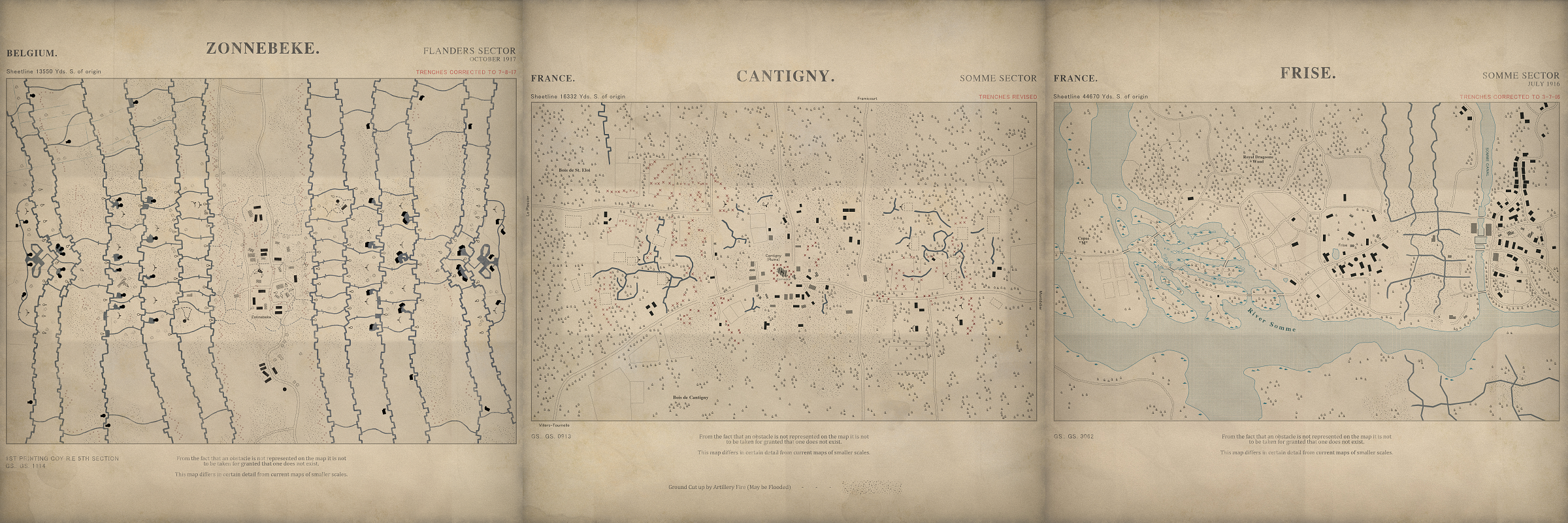
A tense multiplayer FPS set in the muddy, bloody trenches of WW1. In battles up to 50v50, players will be immersed in cinematic environments that convey the desperate & brutal circumstances of the Great War. Features an authentic arsenal and a unique melee combat system.
A game by Redstone Interactive.

I worked on Beyond The Wire since its conception, through early prototype phases, to its Steam release.
As co-founder and CEO of Redstone Interactive, this project allowed me to experience the business side of game development.
I led the level design team, and my main responsibilities covered creating initial concepts, white boxing and prototyping levels.
I worked closely with and provided art and creative direction to the environment art team.
A goal I set out to achieve was to make levels memorable and fun to play. All levels on Beyond The Wire are based on real locations. More often than not, these locations were very similar to each other in the real world.
That was an interesting challenge to tackle.

For an authentic and interesting storytelling, I designed levels around the main elements from each region. For instance, the Meuse-Argonne Forest in France—pictured in the images above and below—is known for its dense, dark forests. So, I decided this would be the Forest Map thematically.
Branching off from this concept, I designed interesting combat spaces, sniping spots and cover spots.

Real world trenches were not fun to navigate.

During the prototyping of Beyond The Wire I visited museums and gathered real world battle maps from the 1914-1918 period. It quickly became clear, to no one’s surprise, that trench networks at the time were nothing short of a labyrinth.
My team and I recreated one of those trench networks as an experiment. But, due to the lack of verticality and reference points, there was no easy way of telling one’s direction. The inescapable failure of that first map established a level design pillar for Beyond the Wire.
Fun comes first.


To solve the challenge of representing the intricacy of WW1 warfare, my team and I focused on the feeling of chaos in the trenches instead of the complexity of their design.
To that end, we created simpler trenches with memorable elements.
We added verticality in the form of ramps, stairs, and other surfaces to climb. As an (expected) added bonus, the verticality helped tremendously with player navigation by allowing them to look further ahead in the map, locating enemies and landmarks.

Surface types and materials were front and center when designing levels
Another goal worth mentioning for Beyond The Wire was representing the Great War with graphics that are believable. The surface types you see in game—and on this page—had to look real, sound real, and react accurately to projectile hits and explosions.
I directed the environment art and VFX teams to craft all the different surfaces, ensuring they were interesting to interact with and that they impacted gameplay realistically, as it also created a considerable impact on level design.





